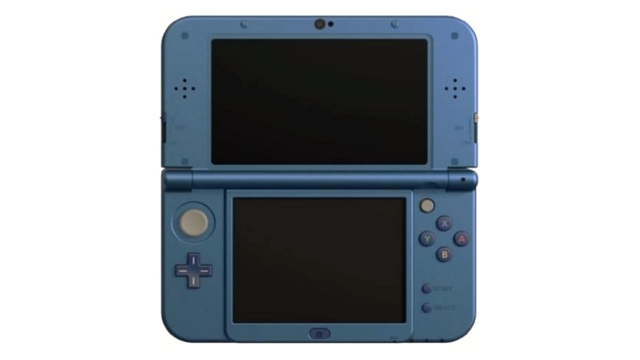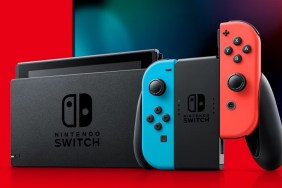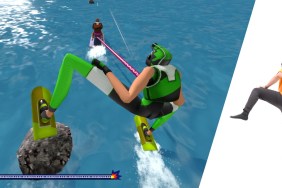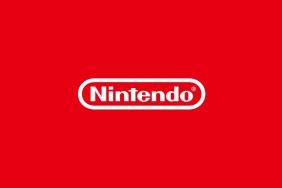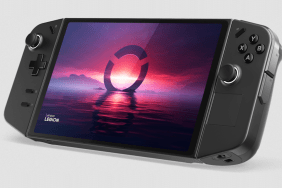While some have complained that the Nintendo 3DS’ death hasn’t come quickly enough, I’ll be saddened to see this era of dual screen gaming in the rear view. Not only because the incredible library of the Nintendo DS rekindled my passion for gaming, but because it allowed more flexibility than ever before for developers. They could create traditional gaming experiences, experiment with the touch screen in order to craft something new, and even use the two screens to force the player to pay attention to simultaneous happenings. There were a ton of advantages to the dual screen nature of both of Nintendo’s recent handhelds beyond the clamshell design that make it easy to lug around in a pocket.
The most heartbreaking aspect of this is that dual screen gaming never reached its peak. So many games for the Nintendo handhelds simply weren’t designed with both screens in mind. Instead, developers continued to create single screen games that just moved the map or other HUD elements to a standalone screen. While this was undeniably a handy feature, and allowed for more traditional experiences like Mario Kart DS to shine, it was hardly taking advantage of all that the portable device had to offer.
The more unique experiences were harder to come by, but they were appreciated by fans. The Nintendo DS allowed millions to experience so many games that couldn’t have been made prior to its release. Creativity was often rewarded commercially, as several of the most popular titles on the system, such as Brain Age and Nintendogs took full advantage of the handheld’s unique feature set and sold well.
Games that used the dual screens to their advantage
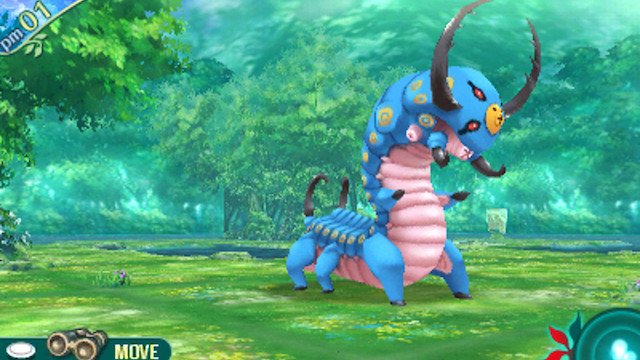
The dual screens also allowed developers to give refreshing new takes on some of gaming’s oldest genres. First-person dungeon crawlers had become dull early in the ’80s due to their prevalence on PC, but Atlus’ Etrian Odyssey series managed to add a new element. Players had to use the bottom screen to actually map out their adventures. It hearkened back to the pen and paper roots of role-playing games, and added a new layer of engagement to the basic action of moving around a map.
The Nintendo DS was also the perfect device for developers to create innovative puzzles. I’ll never forget playing The Legend of Zelda: Phantom Hourglass where the game was asking me to press a sacred crest against the sea chart in order to transfer it. I pressed every button on the device and couldn’t figure out what to do. There seemed to be no way to actually perform that function in the primarily touch-screen heavy game.
However, the solution was genius. Players had to actually close the lids of the Nintendo DS, as if they were putting the device in sleep mode, in order to stamp it. I eventually did just that, as I was putting the game down out of frustration, and I was shocked to find out that I had actually figured out the puzzle by accident. This was just one of the great puzzles on the device as Hotel Dusk: Room 215 and Another Code: Two Memories also played around with how you could use the Nintendo DS for unique gameplay purposes.
Developers could also offer up vertical perspectives for games. This allowed shoot ’em ups to retain their look without huge borders and was used particularly well in Nintendo’s underrated video pinball title, Metroid Prime Pinball, as it allowed for the full table to be shown at once. It was never a feature that was used often enough, but some games truly managed to impress players thanks to the added scale. The two screens were even used for storytelling reasons in some titles, and 999: Nine Hours, Nine Persons, Nine Doors managed to have one of the most mindblowing plot twists of all-time thanks to it (which sadly hurt its re-release on PlayStation systems and PC).
There truly was no shortage of unique gaming experiences to be found on the Nintendo DS. Beyond the aforementioned titles, I’ll never forget making my way through the ghostly worlds of Ghost Trick or being able to enjoy a story on the top screen while playing a touch-based rhythm gaming in Elite Beat Agents on the bottom. Not every one of these games got the recognition they truly deserved, but they were what made the Nintendo DS library so special.
Why it’s time to say goodbye
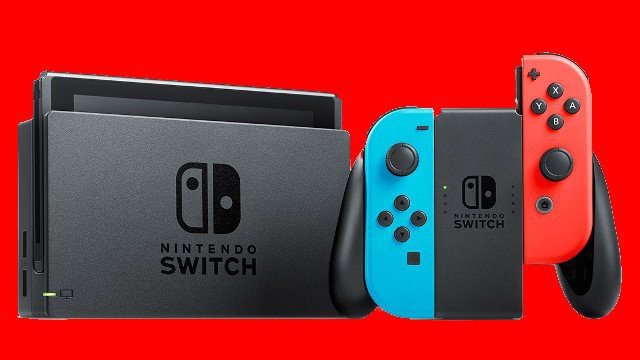
Despite being disappointed by the inevitable move away from dual screens, I can’t say that it’s an illogical move by Nintendo. The Nintendo Switch has taken off more than most could have ever imagined, and a large part of its success is its dual nature of being both a handheld and a home console. This allows for players to truly take console games on the go without compromise and that’s a worthwhile feature worth celebrating. That unfortunately means that some of the experimental edge that handhelds often offer up is gone, but indie titles have tried to fill that gap in the meantime. There’s no reason why players can’t get the best of both worlds with the Switch.
Plus, fewer developers were using the dual screens to their advantage as time went on. As you probably noticed, most of my examples were of Nintendo DS titles rather than Nintendo 3DS games because handheld scene grew increasingly more traditional as the years passed. With analog pads and extra triggers on new models, there were progressively fewer reasons to create games tailored to the system. Instead, it could handle more console-like games, and if you’re going to go in that direction, then the Switch makes the most sense. The DS line of consoles simply grew out of the niche that it had originally established itself in.
While I’m sad to say goodbye to the dual screens, I understand why Nintendo made these decisions. Plus, I know that it’s only a matter of time until they return in the future. After all, the DS wasn’t the first time dual screens were used in gaming. Several Game and Watch titles, like Oil Panic and Donkey Kong, used multiple screens to their advantage and so did arcade games. There will come a day when their innovative uses will become trendy again but with better tech behind them. And I’m happy to wait for that day to come.
